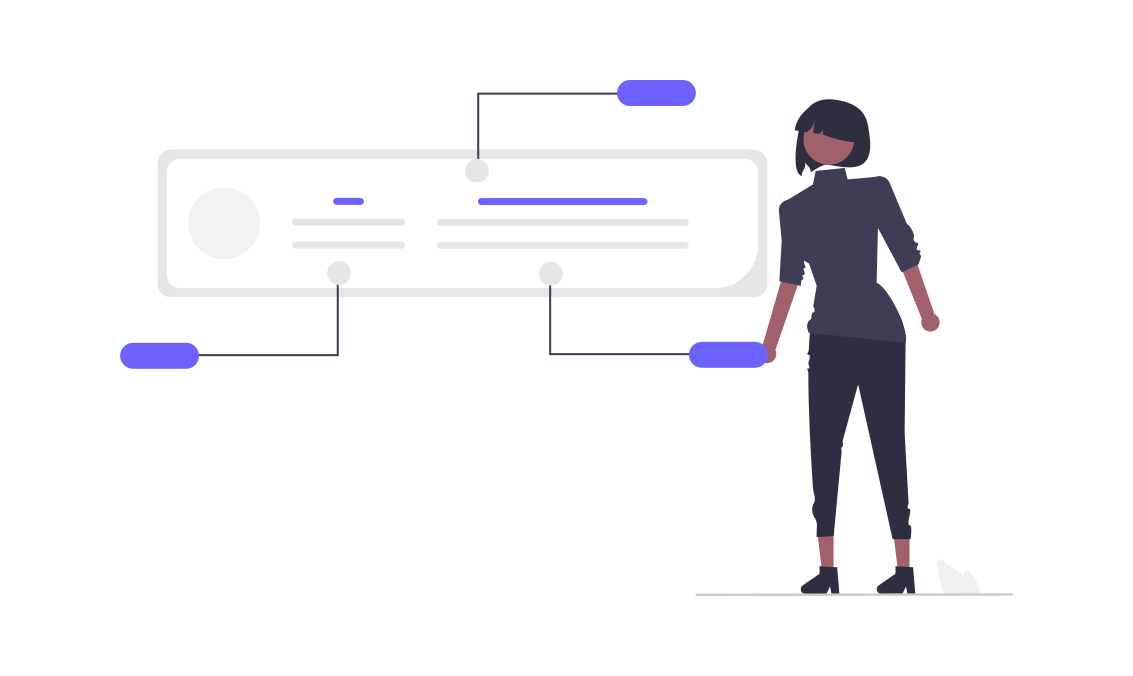On-page SEO is a critical component of your overall SEO strategy. It involves optimizing individual web pages to rank higher and earn more relevant traffic in search engines. This guide will explore various techniques to master the art of on-page SEO, ensuring your website stands out in search results.
I. Crafting the Perfect Page Structure
A. Title Tags
- Significance: The title tag is the first element search engines and users see. It's crucial for click-through rates (CTR).
- Optimization: Include primary keywords, keep it under 60 characters, and make it compelling.
B. Meta Descriptions
- Purpose: Meta descriptions provide a summary of your page content and influence CTR.
- Best Practices: Use primary and secondary keywords, keep it concise (150-160 characters), and include a call-to-action (CTA).
C. URL Structure
- Importance: Clean, keyword-rich URLs help search engines and users understand the page content.
- Tips: Keep URLs short, use hyphens to separate words, and avoid unnecessary parameters.
D. Header Tags (H1, H2, H3, etc.)
- Role: Headers organize content, making it easier to read and scan.
- Usage: Ensure one H1 tag per page with primary keywords, and use H2 and H3 tags for subheadings and related keywords.
II. Enhancing Content Quality
A. Keyword Integration
- Strategy: Naturally incorporate primary and secondary keywords throughout your content.
- Balance: Avoid keyword stuffing; focus on readability and flow.
B. Content Depth and Value
- Depth: Provide comprehensive information that covers the topic in-depth.
- Value: Offer unique insights, actionable tips, and valuable resources.
C. Readability and Engagement
- Clarity: Write in a clear, concise manner. Use short paragraphs and simple sentences.
- Engagement: Use storytelling, questions, and multimedia to keep readers engaged.
D. Visual Content
- Variety: Incorporate images, infographics, and videos to enhance content.
- Optimization: Use alt text with keywords, compress images for fast loading, and ensure multimedia is relevant to the content.
III. Technical SEO Elements
A. Mobile Optimization
- Necessity: With the majority of searches happening on mobile devices, a mobile-friendly design is crucial.
- Techniques: Use responsive design, fast loading times, and ensure all content is accessible on mobile.
B. Page Speed
- Impact: Page speed affects user experience and search rankings.
- Improvements: Optimize images, leverage browser caching, and minimize CSS and JavaScript.
C. Internal Linking
- Benefits: Internal links help distribute page authority and guide users through your site.
- Strategy: Link to relevant content within your site, using descriptive anchor text.
D. Schema Markup
- Function: Schema markup helps search engines understand your content and can enhance search listings with rich snippets.
- Application: Implement schema for reviews, FAQs, events, and other relevant content types.
IV. User Experience (UX) Optimization
A. Navigation and Structure
- User-Friendly: Ensure your site has a clear, intuitive navigation structure.
- Hierarchy: Organize content logically, making it easy for users to find information.
B. Call-to-Action (CTA)
- Placement: Strategically place CTAs to guide user actions.
- Design: Make CTAs stand out with contrasting colors and compelling text.
C. Bounce Rate and Dwell Time
- Goals: Reduce bounce rates and increase the time users spend on your site.
- Tactics: Provide engaging, relevant content and use related posts or recommended reading sections.
Conclusion: Mastering On-Page SEO
On-page SEO is a blend of art and science, requiring attention to detail and a deep understanding of search engine behavior. By focusing on page structure, content quality, technical elements, and user experience, you can significantly enhance your search engine rankings and drive more traffic to your website. Embrace these techniques to optimize your site effectively and achieve lasting SEO success.


